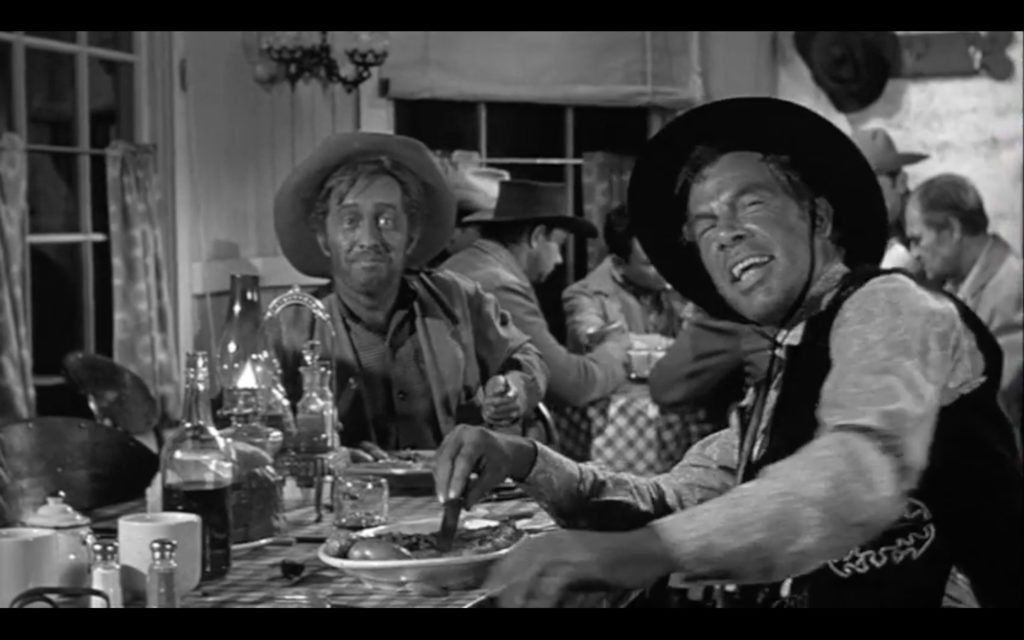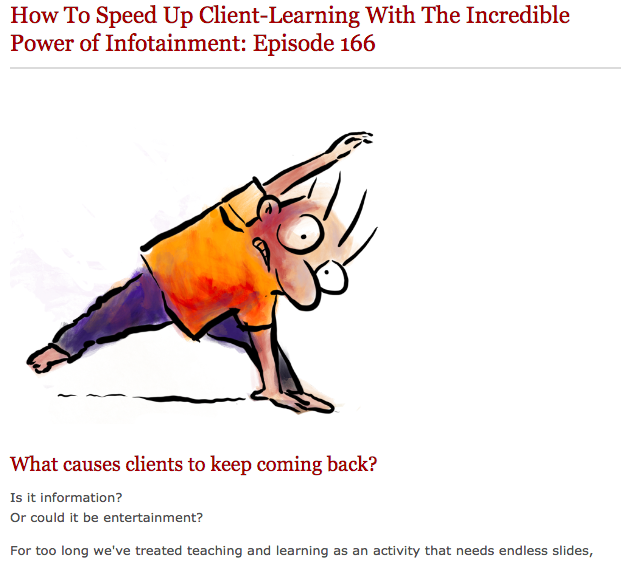Imagine a dark, airless room.
A pale, young man who hasn’t showered in five days is sitting there, lit up by the light of a computer monitor.
He has headphones on his head and he is completely absorbed as one hand bashes on the keyboard and the other twitches at the mouse.
And on the desk, next to his computer, is a steaming can — a new warning symbol for our age.
At least, that’s the argument I just read in an article by one David Courtwright, a professor of history at the prestigious University of North Florida.
Courtwright’s article starts off by talking about the spread of computer gaming addictions: Young guys who spend their entire days and nights sitting at the computer, playing World of Warcraft.
And it’s really entire days and nights.
Some of these guys keep cans by the computer so they don’t have to take time out to go to the bathroom.
Courtwright argues this is a symptom of “limbic capitalism” — selling goods and services that are actually addictive.
Limbic capitalism is not a new phenomenon, Courtwright says, but it’s definitely been helped by the spread of the Internet and the growth of entrepreneurial culture (and opportunities).
But if guys want to pee while sitting at their computer, then why not sell them the can, right?
This might have been the right attitude some time ago.
Once upon a time, you needed large numbers to make a business (and marketing for that business) profitable. And if that meant selling to addicts, so be it.
Even if that was true once (and I’m not sure it was), it’s not true any more.
In the online marketing sphere, guys like Sean D’Souza and Ben Settle make a good living by selling to a small number of curated customers who are willing to spend a lot of money — and get a lot of value — from their offers, year after year.
The same systems that have allowed for the rise of limbic capitalism have allowed for the rise of this other kind of capitalism (maybe call it forebrain capitalism, since it’s designed to appeal to deliberate decision making).
So what does this have to do with you?
Maybe nothing.
It’s just something I think about when choosing which projects I will spend my time and effort and lifeblood on.
But maybe this resonates with you in some way, and maybe it helps you when you have to make your own decisions about how to run or grow your own business.
Anyways, enough philosophizing.
If you do have a forebrain business that sells something worthwhile to people who aren’t addicts, and you want sales copy (even limbic sales copy) to help your sales, then you might like the following:





